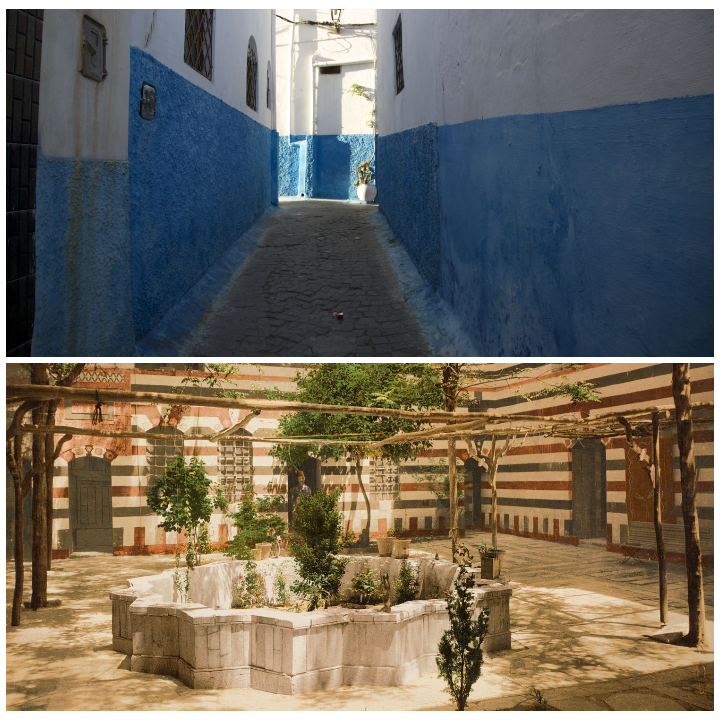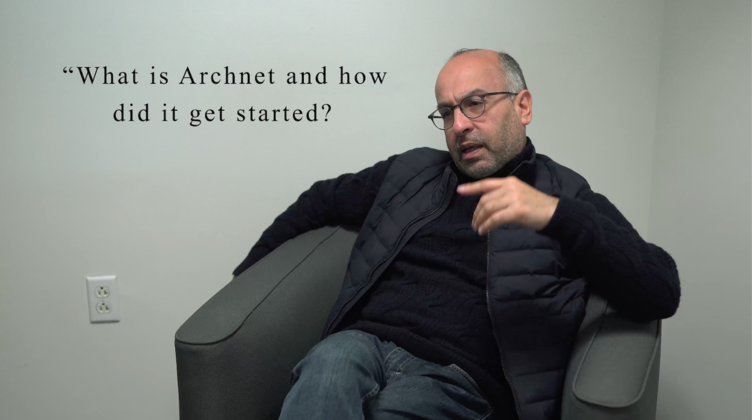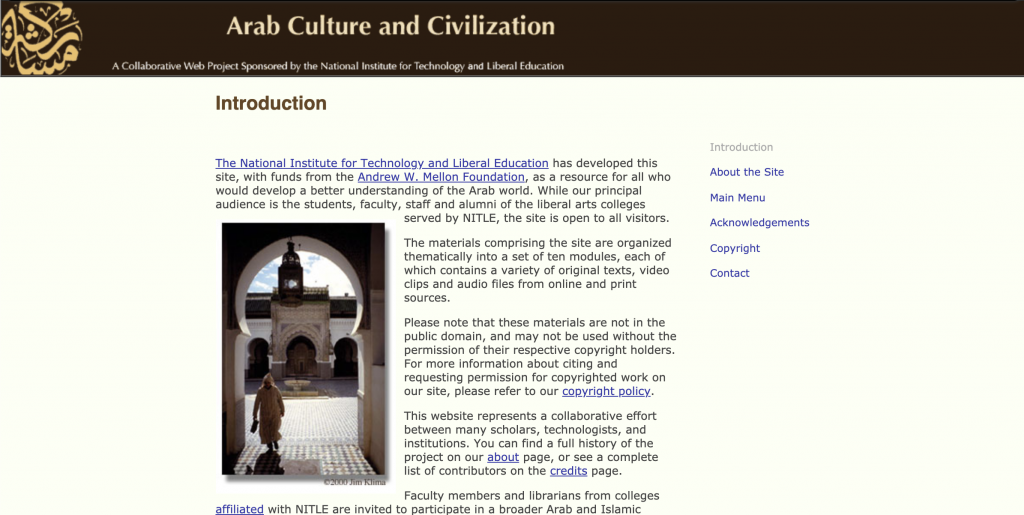In this interview, Shiraz Allibhai, Archnet Director, discusses the origins and development of Archnet.org. Allibhai has been involved with Archnet from the beginning in 1998. He was serving as Education Director for the Aga Khan Trust for Culture when William J. Mitchell, then Dean of MIT’s School of Architecture and Planning, suggested developing the resource when His Highness the Aga Khan expressed the need to make the work done by the Aga Khan Program for Islamic Architecture more readily available within Muslim societies.
When Archnet launched a few years later, it was a pioneering effort in several areas, incorporating both a digital library and a social network for scholars, students, and practitioners in the field.
A decade later, the site needed to be updated to comply with contemporary web standards and protocols. Sharon C. Smith, then Program Head of the newly established Aga Khan Documentation Center (AKDC@MIT), and Shiraz Allibhai coordinated re-development of the site with a Toronto-based web developer. The new site launched in January 2013. In this interview, Shiraz Allibhai discusses the rationale for the changes. The interview ends with Shiraz Allibhai reviewing his goals for the next stage of Archnet development, already underway with a new developer based in Cambridge, MA.
As should be clear from this interview, Archnet is a visionary project, and that it would be hard to overstate its importance in advancing both the study and practice of architecture, urban planning, landscape design in Muslim societies, the developing world, and beyond.
In the rest of this piece, I will describe my involvement in Archnet, and the importance of the site in the field of the Digital Humanities. I started working as Archnet Content Manager in 2012, but I had already been very familiar with Archnet.
I discovered Archnet while teaching courses in World Literature in the Department of Comparative Literature at Binghamton University (SUNY-Binghamton). At a certain point, it occurred to me that because my students were reading in English, they were not picking up on important cultural differences, including differences in the setting of the literature. This was not an issue in some abstract sense, it could often be a hindrance to understanding the story.

For example, the word “house” means different things in different cultural contexts and, for that matter, different eras and for people of different socio-economic circumstances. My students reading the English translation of a novel set in an urban center like Fes or Damascus were visibly puzzled when they read about gardens or fountains in the center of a “house.” Similarly, they clearly had no concept of how narrow the “street” outside of the house might be. Surely a family house big enough to have an interior garden would be located on a spacious suburban street or grand avenue. Street and house were the proper translation for the words used in the texts, but they needed further explanation.
I am not good a drawing, and long-winded explanations only bored and sometimes even further confused the students. Bear in mind that this was Google was only a couple years old. Google images would not come along until a few years later, nor would sites like Flickr. Most of us were still dialing into the internet in those days! If you wanted to show your students pictures, you brought in a slide projector or passed around a book from the library!
Fortunately, while searching the internet one day, I stumbled across Archnet. Now I could show my students pictures of a courtyard house or the narrow streets of a walled medina, and they would understand so much better.
Eventually, I found myself heading up the Al-Musharaka initiative of the National Institute for Technology and Liberal Education (NITLE). That initiative was similar to Archnet in that is was premised on the use of internet technology as an everyday teaching tool that could transcend cultural barriers. It was in that capacity I met Shiraz Allibhai. We often collaborated on events promoting the use of technology in cultural studies.
Ultimately, NITLE chose to end the Al-Musharaka initiative, and later NITLE itself ceased to exist. Nonetheless, it was a visionary project, and insights gained from our experience have been incorporated into other projects, especially those sponsored by the Mellon Foundation, such as the Digital Library of the Middle East.
I was delighted when I got the opportunity to bring my own insights to Archnet. Look for more exciting developments from us in the future.


